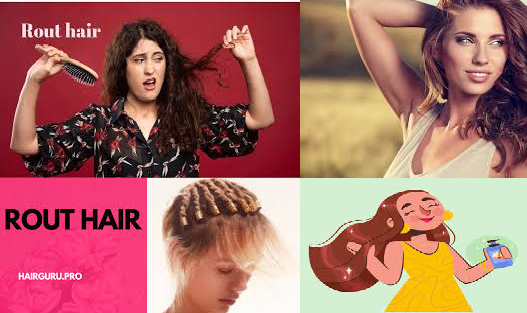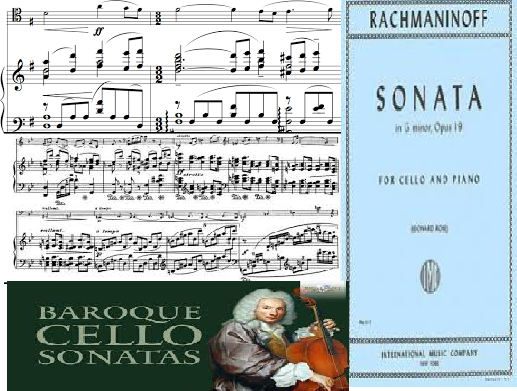Hair strength and health are heavily influenced by proteins and nutrients, which are crucial for maintaining its structure, thickness, and resilience. This article explores various proteins and natural ingredients that can benefit hair, the role of rout hair, and answers frequently asked questions on hair growth, nutrition, and treatments.
What Protein Gives Hair Its Strength?
The primary protein that gives hair its strength is keratin. Keratin is a structural protein found in the outer layers of hair, skin, and nails. In hair, keratin fills in the microscopic gaps in the hair cuticle, which helps to strengthen and protect hair from damage. This protein forms the backbone of each hair strand, giving it both structure and flexibility, which makes keratin-based products popular for hair strengthening treatments.
Is Keratin Good for Hair?
Yes, keratin is generally good for hair. Keratin treatments are widely used to reduce frizz, enhance shine, and smooth hair texture. They work by temporarily binding keratin protein to the hair, which fills in any damaged areas and provides a protective layer that prevents further harm. However, it’s essential to note that not all keratin treatments are created equal. Some treatments can contain strong chemicals, so choosing a keratin product free of harsh ingredients is recommended.
Does Reetha Make Hair Thicker?
Reetha, also known as soapnut, is a natural herb that has been used in hair care for centuries. It contains saponins, which act as a gentle cleanser for the scalp and hair without stripping away natural oils. Reetha may help hair feel thicker by improving scalp health, reducing dandruff, and giving hair a fuller appearance. While it may not directly alter the hair’s protein structure, regular use can contribute to overall healthier, thicker-feeling hair.
What is Grip Hair?
Grip hair refers to the technique of using grip bands, clips, or tools that can hold or style hair in place. Grip hair accessories can be used for creating different hairstyles, holding updos, or securing rout hair strands. They are especially helpful for styling stubborn, flyaway hair strands that resist other methods of styling.
What to Eat to Get Thick Hair?
Diet plays a vital role in hair health. Nutrients that promote thick, strong hair include:
- Protein: Lean meats, eggs, and legumes.
- Biotin: Found in eggs, nuts, and seeds.
- Omega-3 Fatty Acids: Available in fish like salmon and flaxseeds.
- Vitamin E: Nuts and leafy greens.
- Vitamin C: Citrus fruits help with collagen production, which strengthens hair.
What to Eat for Hair Growth?
For promoting hair growth, foods rich in essential vitamins and minerals are key:
- Iron: Red meat, lentils, and spinach.
- Zinc: Shellfish, eggs, and whole grains.
- Vitamins B and D: Eggs, dairy, and sunlight exposure for Vitamin D.
- Protein-Rich Foods: Chicken, tofu, and beans to ensure keratin production.
Can I Use Keratin Every Day?
It’s not advisable to use keratin treatments daily, as overuse can cause hair to become brittle and prone to breakage. Most keratin treatments are designed to be used infrequently—once every few months—to ensure long-lasting results without damaging hair.
Does Keratin Have Side Effects?
Some keratin treatments can have side effects, especially those that contain formaldehyde or similar chemicals. Possible side effects include scalp irritation, dryness, or even increased hair brittleness if applied too frequently or incorrectly. Always opt for a reputable, formaldehyde-free keratin product and follow instructions carefully to minimize risks.
Which Hair Treatment is Best?
The best hair treatment depends on your hair type and needs:
- For Smoothness: Keratin or Brazilian blowout treatments.
- For Moisture: Deep conditioning or oil treatments.
- For Strength: Protein treatments with keratin or hydrolyzed proteins.
- For Volume: Scalp massages, volumizing shampoos, and lightweight conditioners.
What is Tangle Hair?
Tangle hair, or tangled hair, refers to hair that knots or mats together, often due to dryness, friction, or insufficient detangling. Hair tangles are common in dry or textured hair, especially after washing. Regular brushing, conditioning, and using detangling sprays can help manage and prevent tangling.
What is Hair Glue?
Hair glue is a type of adhesive commonly used in hair extensions and wigs to secure hair pieces to the scalp or natural hair. It’s crucial to use it carefully to avoid damaging the natural hair or causing scalp irritation. Specialized glue removers are also available to help with safe removal.
What is Flicky Hair?
Flicky hair refers to hair that naturally flips or flicks outward at the ends, often due to hair texture or styling habits. This hair type can add a unique flair to hairstyles, though some may find it difficult to manage. Flicky hair can be controlled by blow-drying with a round brush or using a straightener to smooth out the ends.
Final Thoughts
Hair care involves a blend of good nutrition, gentle handling, and proper treatments to maintain strength and shine. Rout hair benefits greatly from natural ingredients like reetha and keratin-rich products, while a balanced diet supports hair growth and thickness.
Read more :
1= https://rapidurlindexer.net/blogs/what-protein-gives-hair-its-strength-all-about-rout-hair-and-more/
2= https://rapidurlindexer.net/blogs/what-is-biitland-com-digital-assets/
3= https://rapidurlindexer.net/blogs/what-icepower-modules-are-in-the-w4s-st-500-mkii/
5= https://rapidurlindexer.net/blogs/the-cello-sonata-a-timeless-vogue-in-classical-music/
6= https://rapidurlindexer.net/blogs/368-sumac-trail-evans-ga-30809-to-forest-park-ga/
8= https://rapidurlindexer.net/blogs/azbro-the-fox-the-cunning-hero-of-the-forest/
9= https://rapidurlindexer.net/blogs/mon-a-bandy-kangala-the-yearning-heart-in-bengali-culture/
10= https://rapidurlindexer.net/blogs/prisha-gandhe-rising-star-of-cjva-volleyball/



